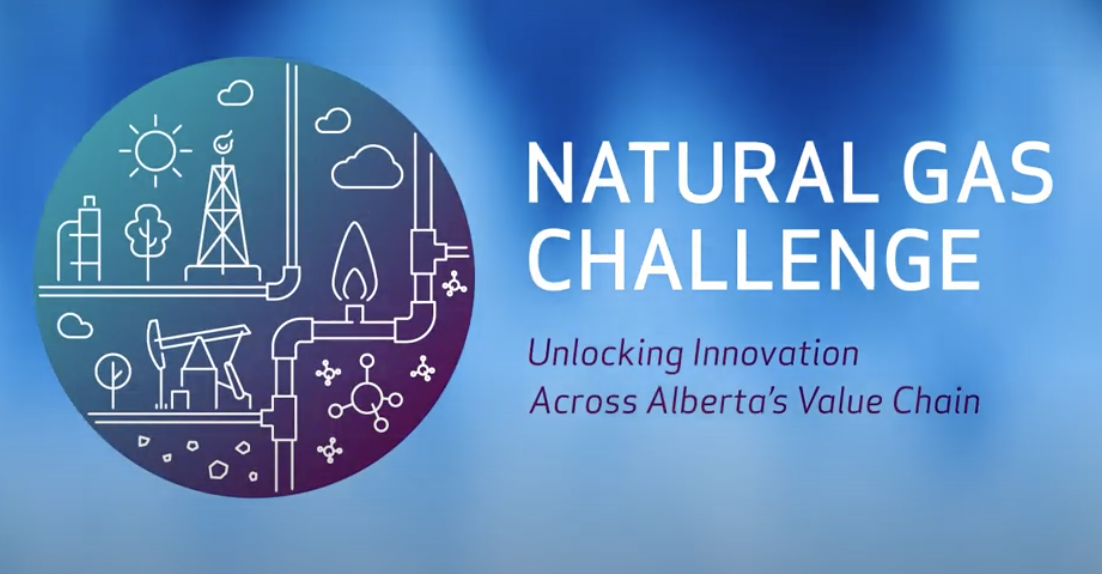
News
Vegetables
Alberta project co-locates natural gas producers with indoor farming
July 21, 2020 By Greenhouse Canada

Alberta is investing in 20 new projects that will create over 750 jobs, while reducing emissions in the natural gas sector. One of them is a project by ag-tech company Sustainitech, which seeks to aligns natural gas producers and processors with containerized indoor farming to design, construct, and operate a modular farming system that combines automation, hydroponics, adsorption cooling, and advanced lighting to grow crops.
In October 2019, Emissions Reduction Alberta (ERA) launched the Natural Gas Challenge and invited technology developers to share project concepts for innovation opportunities in Alberta’s natural gas industry. Alberta’s government is providing $58 million through ERA to support these 20 projects.
The future of natural gas and indoor agriculture
By partnering with an Albertan Oil & Gas company, Sustainitech intends to operate a first-of-kind deployment to be built in Alberta. Using the flexible design of the Sustainitech indoor growing complex, a proprietary indoor farming module, the project is purpose-built to work within the constraints of energy sites and to encourage investment into GHG emissions reducing on-site power generation. Incorporating waste heat recovery and utilization, as well as instantaneous load-shedding technologies, the project aims to drive greater fuel efficiency of onsite natural gas power generation.
According to ERA, Sustainitech’s project is valued at $17,900,000, and ERA’s financial commitment amounts to $5,000,000.
Projects reduce GHG emissions, create jobs
The 20 new projects have the potential to reduce a combined one million tonnes of emissions by 2030 – the same as taking about 750,000 cars off Alberta’s roads.
Projects were selected through ERA’s competitive review process. Experts in science, engineering, business development, commercialization, financing, and greenhouse gas quantification reviewed 117 submissions and chose projects based on the strongest potential for success.
“Unlocking innovation across our natural gas sector will create jobs while helping industry become more efficient. With Alberta’s 300-year supply of affordable natural gas, a technically skilled workforce and world-class environmentally responsible facilities, there is tremendous opportunity for Alberta to compete with international markets. Funding opportunities like this, in partnership with Emissions Reduction Alberta, are critical to attracting investments that will grow Alberta’s economy by reducing upfront costs, while reducing our province’s share of global emissions,” says Dale Nally, Associate Minister of Natural Gas and Electricity.
Government funds ERA through the Technology Innovation and Emissions Reduction (TIER) system. TIER is an improved system to help energy-intensive facilities find innovative ways to reduce emissions and invest in clean technology to stay competitive and save money. Facilities can pay into a TIER Fund, which is used for innovative and cleaner Alberta-based projects like those selected under the Natural Gas Challenge.
ERA’s funding model requires that every dollar committed to an initiative is matched or exceeded by additional investments, which ensures there is a market demand for the technology. Government’s $58-million investment through ERA has been more than doubled by private and public investment to stimulate the economy, lower emissions and create jobs, leading to a total of $155 million in funding.
A complete list of the successful Natural Gas Challenge projects can be found here.
Since 2009, ERA has committed $607 million in funds from industrial carbon pricing toward 183 projects worth $4.1 billion that are reducing emissions, keeping industries competitive, and leading to new investment opportunities. These 183 projects are estimated to deliver cumulative reductions of 34.8 million tonnes of emissions by 2030.
With files from Emissions Reduction Alberta
Print this page